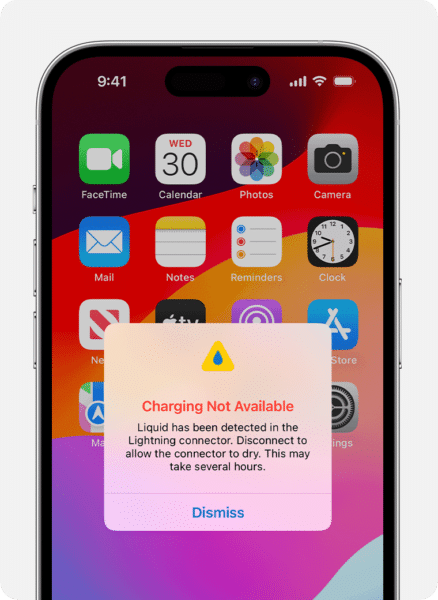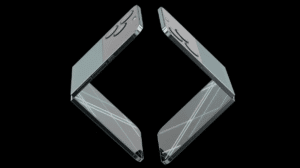Getting water on our smartphones is a common mishap that many of us have experienced. Whether it’s a drop in the toilet, a splash from the pool, or a spill from a drink, the instinctive reaction has often been to submerge the device in a bag of rice. However, recent guidance from Apple and other tech experts has shed light on why this popular DIY solution may not be as effective as once thought.
Let’s delve into why putting your wet iPhone in rice doesn’t work and what you should do instead.

A step-by-step guide to protecting your iPhone from potential water damage
The myth of rice
For years, the internet has perpetuated the myth that placing a wet electronic device in a bag of rice will magically draw out the moisture and restore its functionality. Many of us have resorted to this technique in moments of panic, hoping to salvage our precious gadgets. However, according to Apple and experts in the field, this method is not only ineffective but could also cause further water damage to the device.
Apple’s guidance
In a new support document, Apple explicitly advises against putting your wet iPhone in a bag of rice. The tech giant cautions that small particles of rice could potentially damage the device, particularly when it comes to newer models with intricate internal components. Instead, Apple recommends a more gentle approach to removing excess liquid and allowing the device to dry naturally.

What to do instead
So, if rice isn’t the solution, what should you do if your iPhone gets wet? Apple suggests tapping the device gently against your hand with the connector facing down to dislodge any liquid. Afterward, the phone should be left in a dry area with good airflow for at least 30 minutes before attempting to charge it. If the liquid detection alert persists, it’s recommended to leave the phone to dry for up to 24 hours before trying again.
Other don’ts and dos
In addition to avoiding rice, Apple advises against using external heat sources or compressed air to dry out the device. Similarly, inserting foreign objects, such as cotton swabs or paper towels, into the charging ports should be avoided. Instead, a patient and methodical approach to drying the device is recommended, along with caution when attempting to charge it again.
Conclusion
In conclusion, the age-old advice of putting a wet iPhone in rice is officially debunked by Apple and other experts. While it may have been a common practice in the past, newer insights into smartphone technology suggest that rice is not the solution to water damage. By following Apple’s guidance and employing gentle drying techniques, you can increase the likelihood of salvaging your wet iPhone without causing further harm.
Note that prevention is always better than any DIY cure, so take extra care to keep your devices away from water whenever possible.



